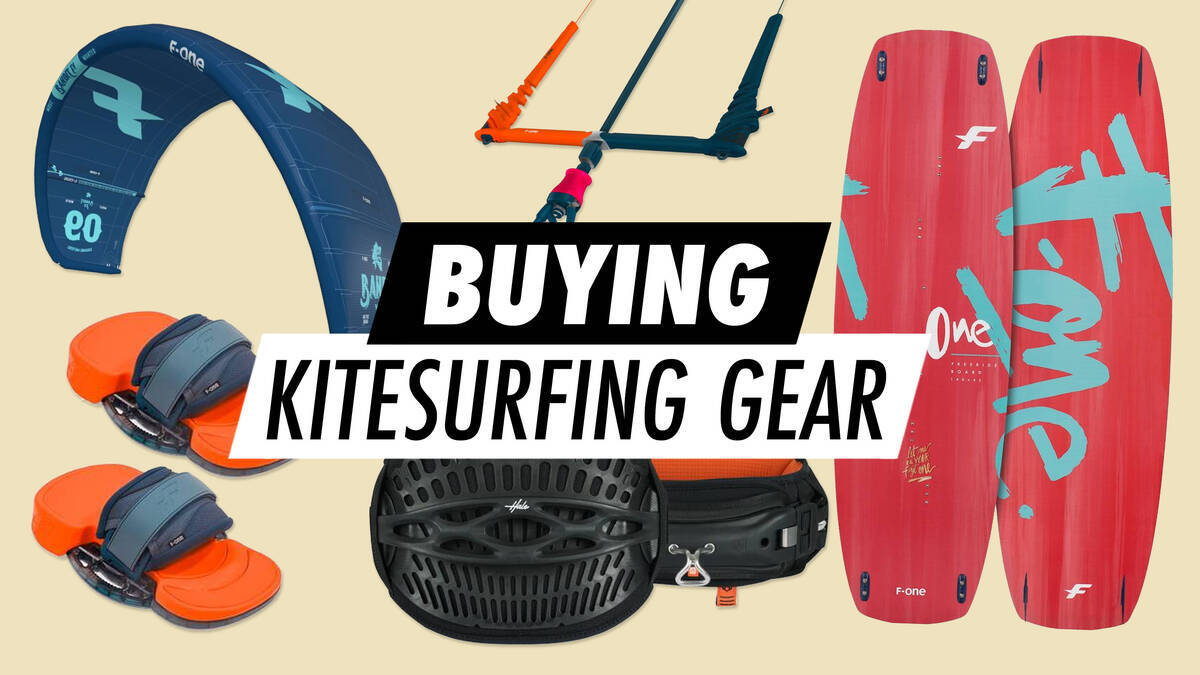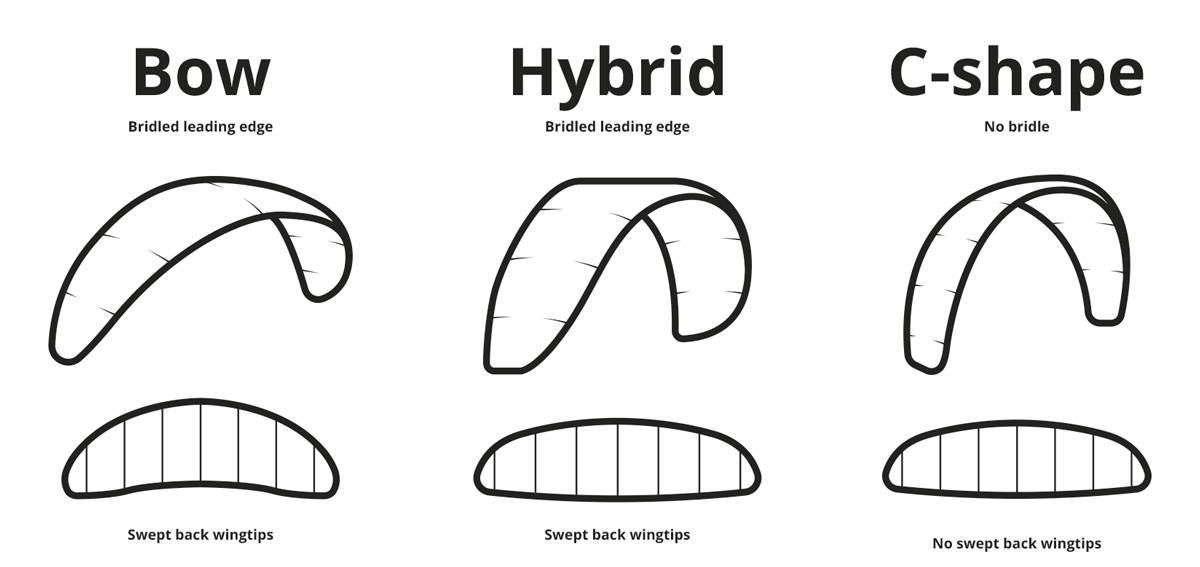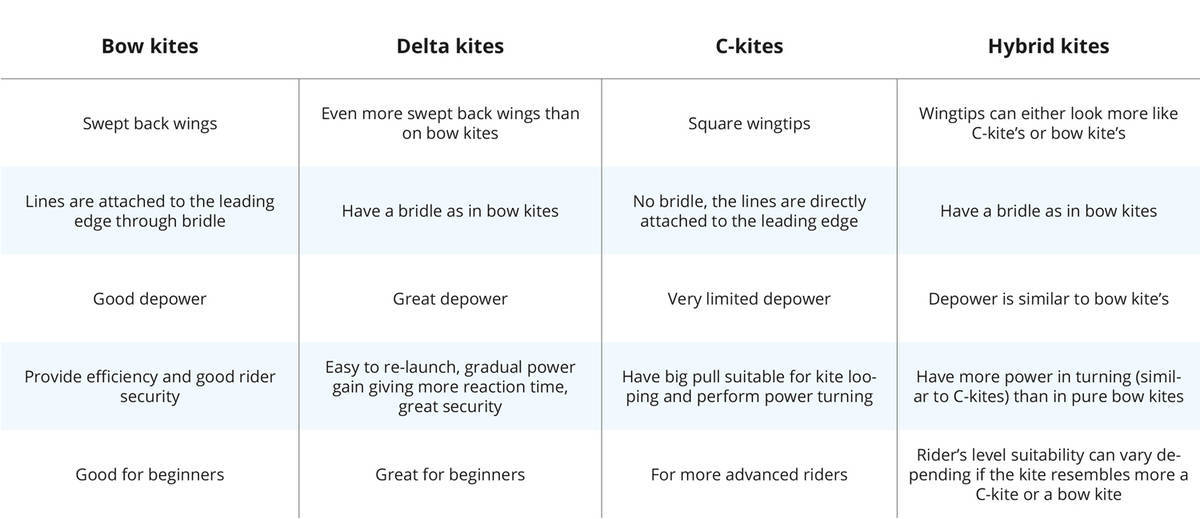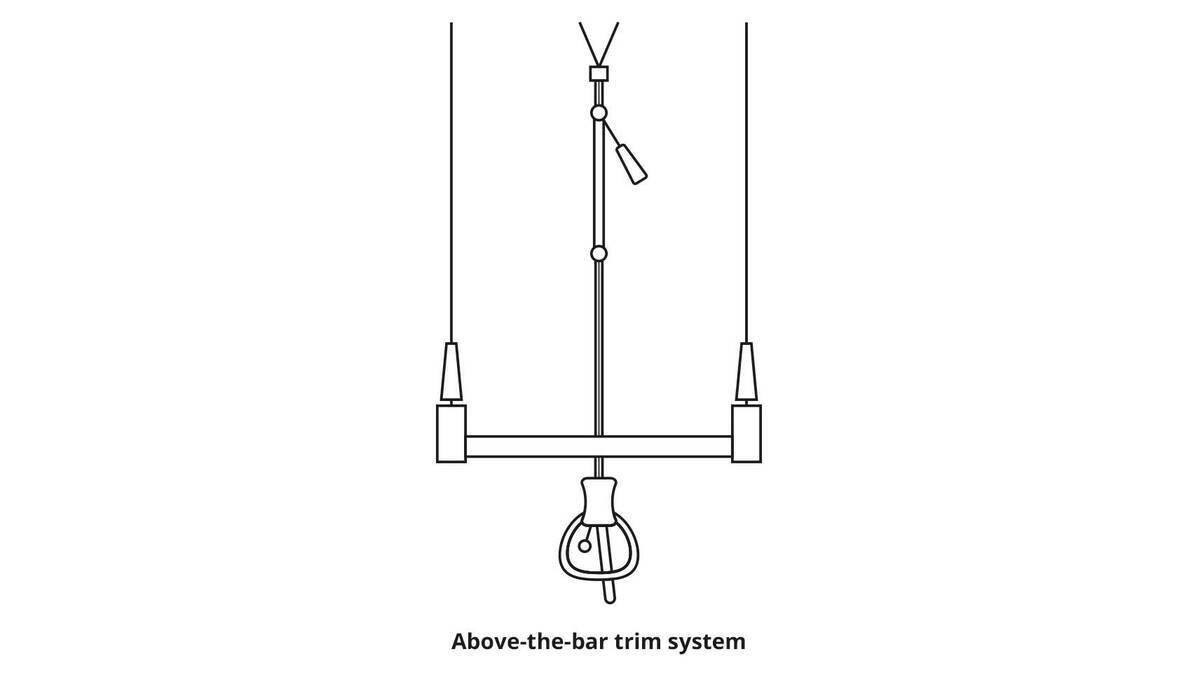Purchasing Kitesurfing Equipment

The kiteboard and the kite are the most crucial equipment pieces in kitesurfing. Below, you will find helpful details for choosing either.
1. The Kite
Kites come in various shapes, sizes, and constructions. The principal types include Bow kites, Delta kites, C-kites, and Hybrid kites. Each type possesses unique traits, making them suitable for different situations. It is vital to investigate the wind conditions at your intended kitesurfing location since wind strength significantly influences kite selection. Larger kites are preferable for lighter winds, whereas smaller ones suit stronger winds.

The chart below highlights two terms that are vital for explanation and comprehension, as they contribute to the primary differences among these kites.
The bridle consists of lines attached to the kite's leading edge. Arrangement varies based on the kite design, creating a web-like structure at the front, conjoining into one line connected to the bar. This system grants increased control over the kite, particularly in terms of power gain. For instance, C-kites without a bridle exhibit a more dynamic power gain, enhancing turn and loop capabilities but requiring advanced handling skills.
The bridle also allows enhanced depower compared with the C-kite design. Depowering involves flattening the kite, reducing its wind-facing surface and pull power.

2. Bar and lines
To control the kite, a bar and lines connected to a kite harness are necessary. You attach yourself to the bar via the chicken loop on your harness, thereby linking with the kite. In doing so, you gain control over steering, speed adjustments, and ultimately the kite itself.
The bar and lines offer steering control, allowing you to adjust speed as needed. While various bar and line configurations exist, the 4-line bar is among the most prevalent. In this setup, the central two lines attach to the leading edge via the depower system. The outer lines connect the bar tips to the kite tips, enabling steering and power adjustments. Colour coding and matched knots usually guide proper assembly.

Focusing on the bar alone, manufacturers offer diverse configurations. The common categories are ‘above-the-bar trim system’ and ‘under-the-bar trim system’. The former offers increased mobility, though accessing depower may be challenging. The latter eases depower access, with closer proximity, albeit at the cost of reach.

When replacing lines, ensure they match your specific kite model's correct length, as incorrect lengths may jeopardise your accustomed kite control.
3. The Kiteboard
Your kiteboard is another kitesurfing essential. As in many board sports, key considerations include:
- The shape: Boards can be twin tip (both ends identical) or directional (like a surfboard). Shapes can be squared or rounded—square shapes enhance edging, upwind, and pop, while round ones excel in carving and smoother landings.
- The rocker: The board's curvature from tip to tail is called the rocker. Greater rocker aids pop; flatter boards favour edging.
- The concave: Concave (the board’s curve between the sides) boosts ride smoothness and landing softness.
- The fins: Boards can be used with or without fins. Larger fins increase stability in rough waters, improve edging, and ease upwind. Smaller fins facilitate smoother gliding.
- The size: Sizes vary by brand, with general recommendations based on weight and skill. A board should accommodate your weight and keep you afloat when powered by the kite. Beginners might opt for a larger board for buoyancy before transitioning to smaller ones as skills improve.
4. Are You New to Kitesurfing?
As a kitesurfing beginner, consider the following:
- Choose a suitable kite with strong depower capabilities
- Obtain protective gear (helmet, safety knife, and potentially an impact vest)
- Enroll in an introductory kitesurfing course (guided sessions provide great value)
- Find a kite companion; it's safer and more enjoyable with a friend
